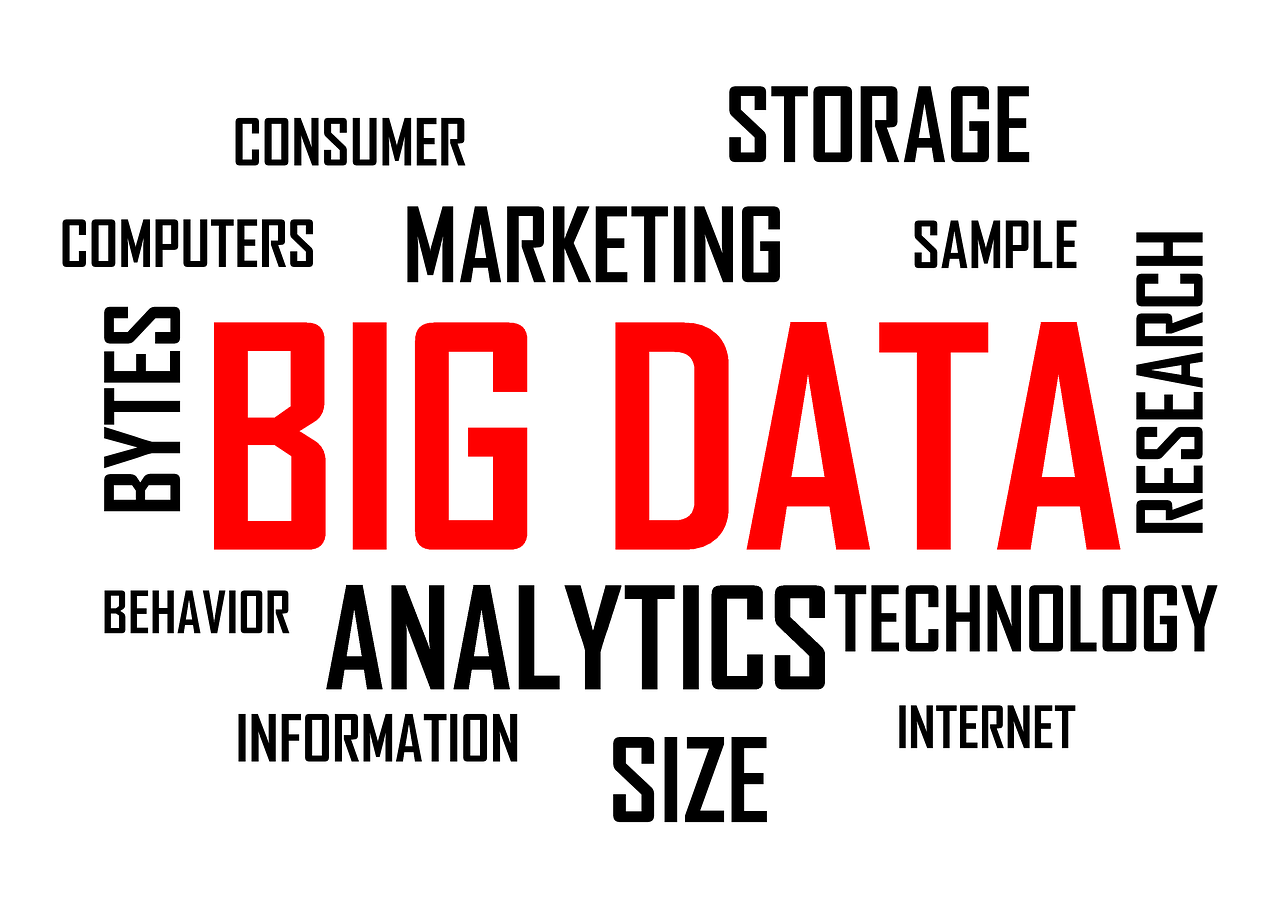Business Intelligence in Data Analytics
Business Intelligence
It refers to the technologies, applications, and practices for collecting, integrating, analyzing, and presenting business data. The goal of BI is to support better business decision-making. By leveraging BI tools and techniques, organizations can convert raw data into meaningful insights, enabling them to make informed decisions, identify trends, and drive strategic initiatives.
Why it is Important
It transforms raw data into actionable insights for informed decision-making. It enhances operational efficiency by identifying inefficiencies and streamlining processes. BI provides a competitive advantage through insights into market trends and customer behaviors, enabling quick adaptation. Additionally, it facilitates predictive analytics and risk management, helping organizations anticipate challenges.
Data Warehousing
It is the process of collecting, storing, and managing data from various sources in a centralized repository. This allows organizations to consolidate their data, making it easier to access and analyze.

- Centralized Storage: Data from multiple sources, such as transactional databases, CRM systems, and external data feeds, is integrated into a single location. This centralization simplifies data management and retrieval.
- Historical Data Analysis: Data warehouses store historical data, enabling organizations to analyze trends over time. This is crucial for understanding long-term patterns and making strategic decisions.
- Data Quality and Consistency: It involves processes for cleaning and transforming data, ensuring the information is accurate, consistent, and reliable for analysis.
It allows businesses to track trends, identify patterns, and make informed decisions based on comprehensive insights. Additionally, it enhances reporting capabilities by streamlining the generation of detailed reports, ultimately empowering organizations to leverage their data effectively and foster a data-driven culture.
Data Visualization
It is the graphical representation of data and information. It involves using visual elements like charts, graphs, and dashboards to present complex data in an easily understandable format.
- Interactive Dashboards: BI tools often include interactive dashboards that allow users to explore data visually. Users can drill down into specific metrics, filter data, and customize views to suit their needs.
- Real-Time Data Representation: Data visualization tools can display real-time data, enabling organizations to monitor key performance indicators (KPIs) and make timely decisions.
- User -Friendly Interfaces: Modern BI tools prioritize user experience, making it easy for non-technical users to create visualizations without needing extensive training.

It helps monitor key performance indicators (KPIs), allowing for swift responses to changes in the business environment. Ultimately, data visualization simplifies analysis and fosters a data-driven culture, empowering organizations to make informed decisions.
Predictive Analytics
It involves using statistical algorithms and machine learning techniques to analyze historical data and make predictions about future events. This component of BI helps organizations anticipate trends and outcomes.
- Statistical Modeling: Predictive analytics relies on statistical models to identify relationships within data. These models can be used to forecast future behavior based on historical patterns.
- Machine Learning Algorithms: Advanced predictive analytics often employs machine learning algorithms that can learn from data and improve their accuracy over time.
- Scenario Analysis: Organizations can use predictive analytics to run various scenarios, assessing the potential impact of different decisions and strategies.
It enables organizations to anticipate trends and customer behaviors, allowing for proactive decision-making. Key features include scenario analysis, which helps evaluate the potential impact of various strategies, and continuous improvement of predictions through advanced algorithms.
Why choose us
Expert-Led Strategies for Sustainable Growth
Data-Driven & Targeted Approach
Comprehensive Multi-Channel Solutions
Expert-Led Strategies for Sustainable Growth
Custom Strategies for Every Business
Dedicated Support & Long-Term Partnerships




